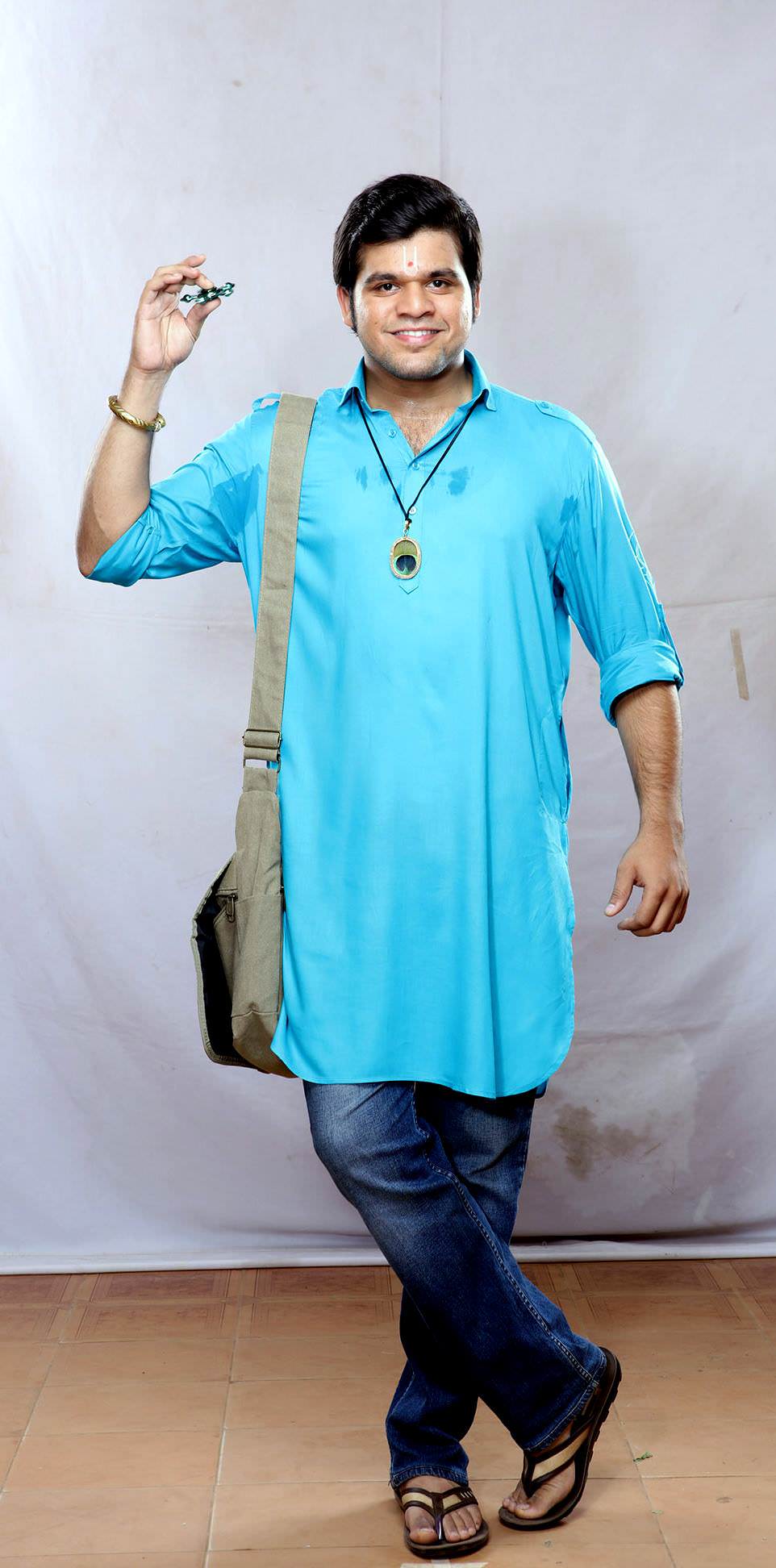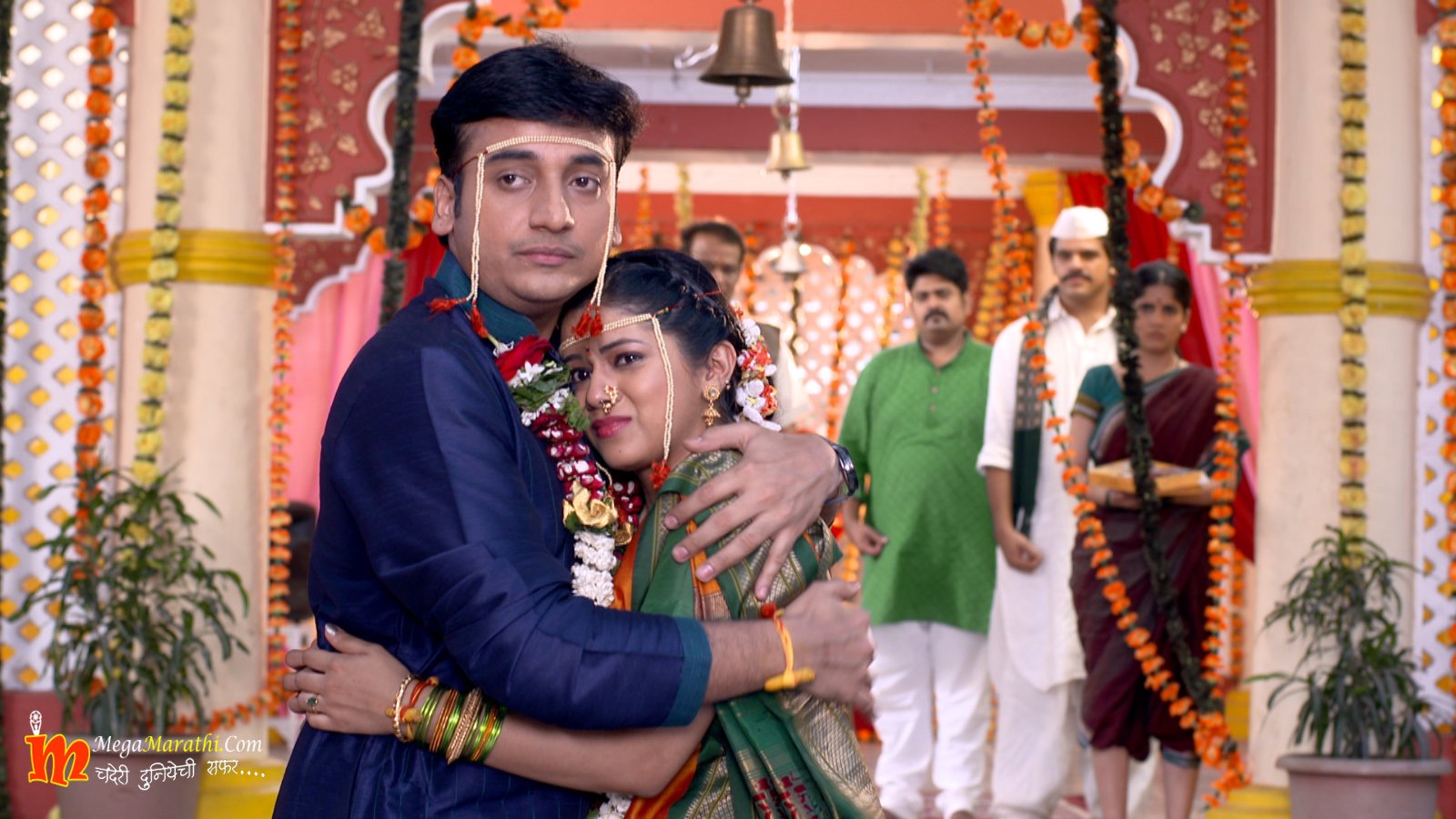

- #ZEE MARATHI SERIAL DEVASHAPTH MOVIE#
- #ZEE MARATHI SERIAL DEVASHAPTH FULL#
- #ZEE MARATHI SERIAL DEVASHAPTH FREE#
He went on to create satirical, pun-ridden films often including social and political commentary, many of which became cult classics.

The early 70s saw the advent of Dada Kondke who captured the audiences with his sense of humour that included sexual innuendo. Then came directors like Datta Dharmadhikari and Raj Dutt who made traditional family dramas. The 1960s saw the emergence of directors like Anant Mane who made Marathi films based on the folk art form Tamasha. Shantaram, Master Vinayak, Bhalji Pendharkar, Acharya Atre, followed by Raja Paranjpe, Jyotiram, sonal and mumtaz, Dinkar D Patil, G.

#ZEE MARATHI SERIAL DEVASHAPTH FULL#
Marathi cinema was in its full bloom by this time with the advent of greats like V. It was directed by Acharya P K Atre, and it was an adaptation of the eponymous novel by Sane Guruji. In 1954 at the very first edition of the National Awards, Shyamchi Aai another Marathi film, won the first President's gold medal for Cinema. Prabhat's Sant Tukaram was the first Indian work to win the Best Film Award at the Venice film festival in 1937. After advent of sound Īs cinema grew in Union of India, major production houses rose and one of them was again a company owned wholly by Maharashtrians, the Prabhat Film Company. Baburao was not particularly keen on the talkies for he believed that they would destroy the visual culture so painfully evolved over the years. However, after a few more silent films, the Maharashtra Film Company pulled down its shutters with the advent of sound. Baburao Painter made many silent movies till 1930. Because of his special interest in sets, costumes, design and painting, he chose episodes from Maratha history for interpreting in the new medium and specialized in the historical genre. In 1919 Baburao Mistry - popularly known as Baburao Painter - formed the Maharashtra Film Company with the blessings of the Maharaja of Kolhapur and released the first significant historical Sairandhari (1920) with Balasheb Pawar, Kamala Devi and Zunzarrao Pawar in stellar roles. Kolhapur in Western Maharashtra was another centre of active film production in the twenties. He brought the revolution of moving images to India with his first indigenously made film Raja Harishchandra in 1913, which is considered by IFFI and NIFD as part of Marathi cinema as it used Marathi dialogues while shooting and had a fully Marathi crew. ĭadasaheb Phalke is known as the first pioneer and founder of cinema in pre-Independence India.
#ZEE MARATHI SERIAL DEVASHAPTH MOVIE#
The first Marathi movie released in India was Shree Pundalik by Dadasaheb Torne on at Coronation Cinematograph, Mumbai. Marathi cinema is the oldest form of Indian cinema. It is also known by the sobriquet Mollywood in various print and online media. The Dadasaheb Phalke Award is India's highest award in cinema given annually by the Government of Maharashtra for lifetime contribution to Indian cinema. Raja Harishchandra, directed by Dadasaheb Phalke, was a Marathi film, now known as India's first full-length feature, released in 1913.
#ZEE MARATHI SERIAL DEVASHAPTH FREE#
Although the industry is much smaller than Hindi cinema (which is also primarily based in Mumbai), Marathi cinema is tax free at the privilege of the state of Maharashtra, and is experiencing growth in recent years. The first Marathi talkie film, Ayodhyecha Raja, was released in 1932, just one year after Alam Ara the first Hindi talkie. and a Marathi crew who were performing Marathi and Sanskrit Sangeet natikas (musicals) and plays in Marathi at that period. The first Marathi film to be released in India was Shree Pundalik by Dadasaheb Torne on at Coronation Cinematograph, Mumbai. Based in old Mumbai, it is the oldest film industry of Indian cinema. Marathi cinema is an Indian film industry of Marathi-language motion pictures.


 0 kommentar(er)
0 kommentar(er)
